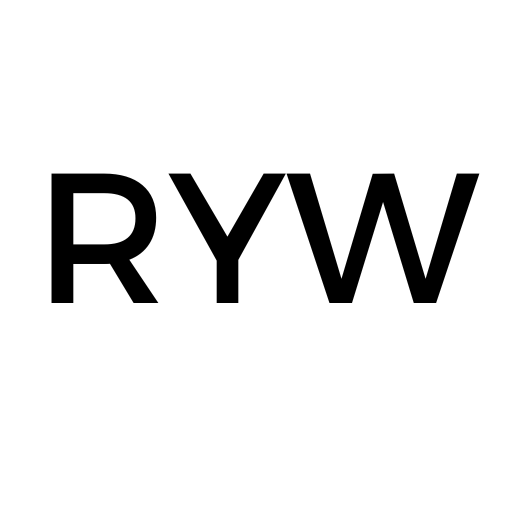
I mentioned before that it was more important to find your right readers, rather than appeal to some generic “universal” readership.
Turns out a number of you were interested in getting more information about finding your “right readers.” (I’m going to capitalize that from here on out. Trademark pending, LOL.) Today’s topic, then, is going to cover how to identify your brand and then extrapolate your Right Readers from there.
This is a big topic, so this is going to get split into a series.
“Where the mission meets the margin.”
Ages ago, I worked a day job where this was their internal, private tagline. It is actually perfect for writing.
Whatever makes you passionate about your writing, whatever makes your voice unique, is your mission. The things you do to actually get your books into the hands of readers, presumably for income? That’s the margin. Your audience is right smack in the middle of that Venn diagram.
How do you find that intersection?
Today, we’re going to start by studying you, and your work.
Brand is just an introduction.
A lot of writers I know are squeamish when it comes to referring to their “author brand” because they feel it’s crass, or inorganic, or forced.
But it shouldn’t be.
Your brand is simply a distillation of who you are as a writer, and your work. Period. It’s how you’re going to introduce yourself, as succinctly and effectively as possible, to potential audiences.
Yes, you are a nuanced, three-dimensional person who contains multitudes. But if I met you for the first time and asked you about yourself, you’re not going to say, “Well, it all started when I was born in Saskatoon…” and then wax rhapsodic in a bunch of different directions for a few hours.
(If you do, my introvert self will then fake an emergency and flee like the place is on fire, by the way.)
You’re going to say things like “I’m a software designer” or “I’m a parent of three” or “I knit and love to travel.”
That’s it.
It’s not meant to showcase every facet of your personality. It’s a jumping off point for a conversation of commonality. Does the other person work in tech? Do they have kids? Do they like to travel or craft?
We’ll cover those other people later, but for now, we’re looking for the range of possibilities that you might share, depending on the context.
The synopsis of you (and your work.)
Most writers I’ve met have difficulty with synopses, one-paragraph summaries, and elevator pitches of their work.
Why?
Because the entire book is in their head – and it’s only the tip of the iceberg. They also know all the backstories, details, and previous drafts that aren’t on the page.
To many writers, all of that detail is too important to condense. To ignore anything is to misrepresent the story.
How do they then boil it down to a few pages, much less a sentence? It’s like hacking off a limb!
Branding is like that, except with your whole career.
This can seem terrifying.
Don’t worry, though. Just like synopses and elevator pitches, there are key elements you can focus on and tools you can use to make those easier. (For one thing, you can check out my book on writing synopses. The elevator pitch thing? Let me know if you want a newsletter on that.)
First: take an audit.
The best way to identify your brand is to look at your traits and patterns. Even if you’ve written in a million different genres, odds are good there are commonalities and through lines that appear in your work regardless.
What are your themes?
Look at the themes of your work. Maybe you’re into revenge and redemption. Maybe there are family issues that keep cropping up. Maybe it’s that violence is never a solution – or that violence is always a solution. Whatever it is, write down the repeating patterns you’re noticing.
What are your tropes, micro-tropes, and fantasies?
We also tend to gravitate to the same tropes and micro-tropes, especially in genre fiction.
Do you like heists with “one last job” before the protagonists leave crime behind?
Thrillers where the villains taunt their victims and turn out to be someone close to them?
Romances where couples are trapped somewhere (in a cabin, on an island, whatever – it’s called “forced proximity”) and consequently work out their issues?
These are what Theodora Taylor calls Ultimate Fantasies (a.k.a. “butter”) and it’s worth writing down your particular favorites.
What is your voice?
Finally, zero in on your writing voice. Whether you write genre or not, voice is your fingerprint.
For example, look at the horror genre.
You’ve got H.P. Lovecraft, who literally invented eldritch nightmares and the voice to match. There are the lyrical rhythms of Edgar Allen Poe.
Fast forward to now, and you’ve got the hypnotic voice of Silvia Moreno-Garcia and her haunted house Mexican Gothic. There’s Stephen King’s folksy-with-an-evil-underbelly voice. Or the funny and violent voices of, say, Chuck Wendig or Grady Hendrix.
Is your writing casual, or formal? Do you have a lot of long, languid, lyrical sentences, or is it staccato and slang filled? Do you enjoy description, or do you revel in dialogue? Is it an even mix?
When it comes to your personal writing career, knowing your natural voice and leaning in is going to be one of your most valuable strengths.
What if you’re new to writing?
If you’ve written less than three books – or if you’ve never completed a manuscript, period – then look at what you read.
Those themes, tropes, ultimate fantasies? You’re probably drawn to them in what you read, as well, even if you read across diverse genres. That will give you a hint when it comes to identifying your brand.
Next: Finding Your Right Readers, Part 2… comps, context, and extrapolating your specific Right Reader.
Want more comprehensive, one-on-one help? Click here for more information on coaching and editing with me.
